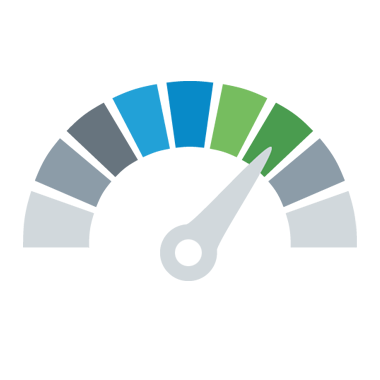Insight Hub
Your go-to source for the latest in news and information.
Is Your Website a Snail? Speed It Up Fast!
Is your website moving at a snail's pace? Discover game-changing tips to turbocharge your site speed and boost user satisfaction!
Top 5 Reasons Slow Websites Drive Customers Away
In today's fast-paced digital world, slow websites can be a significant turn-off for potential customers. Research shows that even a one-second delay in page load time can lead to a noticeable drop in conversion rates. With multiple alternatives available at a click, users are less likely to tolerate sites that delay their experience. This impatience can directly affect a brand's reputation, as visitors often associate slow loading times with poor service and inefficiency.
Moreover, slow websites can harm your search engine ranking. Search engines like Google consider page speed as a ranking factor; thus, slower sites may find it challenging to secure a top position in search results. This not only reduces visibility but can also result in lower traffic and decreased sales. In summary, investing in optimizing your website’s load speed is crucial for maintaining customer engagement and improving your overall online presence.

How to Test Your Website Speed: A Step-by-Step Guide
Testing your website speed is crucial for ensuring an optimal user experience and improving your SEO rankings. Begin by choosing a reliable website speed testing tool, such as Google PageSpeed Insights or GTmetrix. These tools will analyze your site and provide valuable insights. To start the process, follow these simple steps:
- Open the speed testing tool of your choice.
- Enter your website URL in the designated field.
- Click on the 'Test' or 'Analyze' button to initiate the speed test.
Once the test is complete, you will receive a detailed report outlining your website's load time, performance metrics, and suggestions for improvement. Carefully review the data to identify any issues that may be slowing down your site. Pay attention to metrics like First Contentful Paint and Time to Interactive, as these are critical in assessing user experience. After assessing the results, prioritize fixes such as optimizing images, leveraging browser caching, and minimizing JavaScript to enhance your website speed.
Is Your Website Sluggish? Common Factors Slowing You Down
If you find that your website is sluggish, there could be several common factors contributing to its slow performance. One major element is image optimization; high-resolution images can significantly increase loading times. Ensure that images are properly compressed and sized for web use. Additionally, a website that is overloaded with plugins or widgets may experience slower speeds. Removing unnecessary plugins not only enhances performance but also improves site security.
Another factor to consider is your web hosting service. Shared hosting plans, while cost-effective, can lead to slower speeds due to resource sharing. Opting for a dedicated server or a VPS can offer better performance. Minifying CSS and JavaScript files is also essential, as it reduces file sizes and load times. By addressing these common culprits, you can ensure a more agile user experience that keeps visitors engaged.